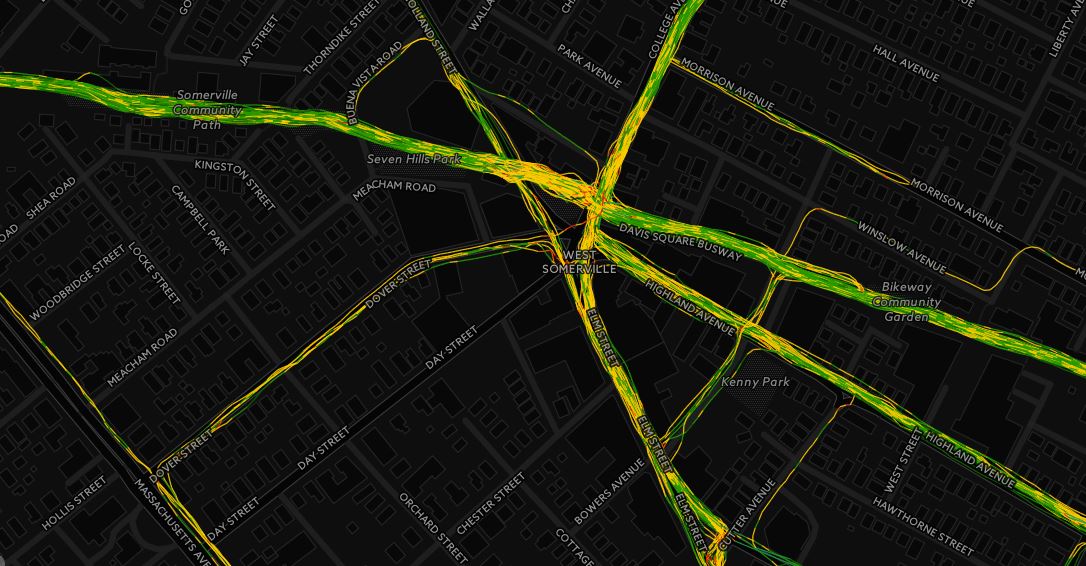Some of the most popular pages on GISDoctor.com (shameless self-plug) are those that provide examples of how to read WMS data into Google Map applications from a number of sources including ArcGIS Server, OpenLayers, and MapServer. People take the code from these pages, embed the scripts into their own applications, make some modifications, and publish their own mash-ups. I think this is awesome and I encourage it on the pages themselves. I’ve seen a few good applications of this code and I hope more come in the future.
However, I need you, the mash-up artist, to make sure you do one little thing when copying the code into your own applications. Do not copy the Google Analytics code into your own page. This is the last two blocks of script at the end of each page. To aid the user I have included a comment to remind them to not to include the Google Analytics script in their application.

A few times a week I notice pages that have used the code from GISDoctor.com (second plug of the post) that still include my Google Analytics information. Most of the time the user will eventually remove the code or embed their own tracking info, but there are hold-outs. I’m talking about you, person in Spain.
Thanks, and happy GIS-ing!

